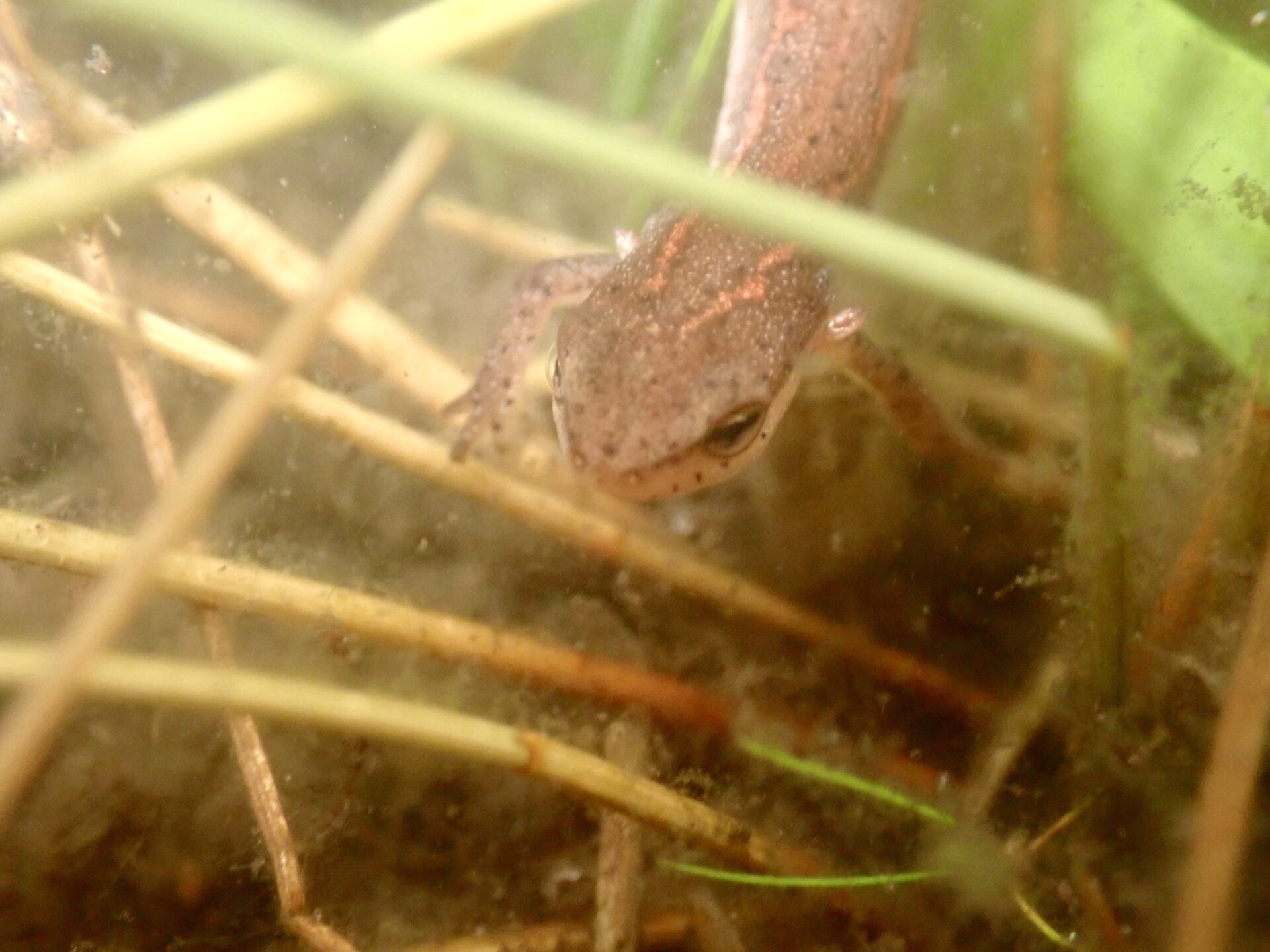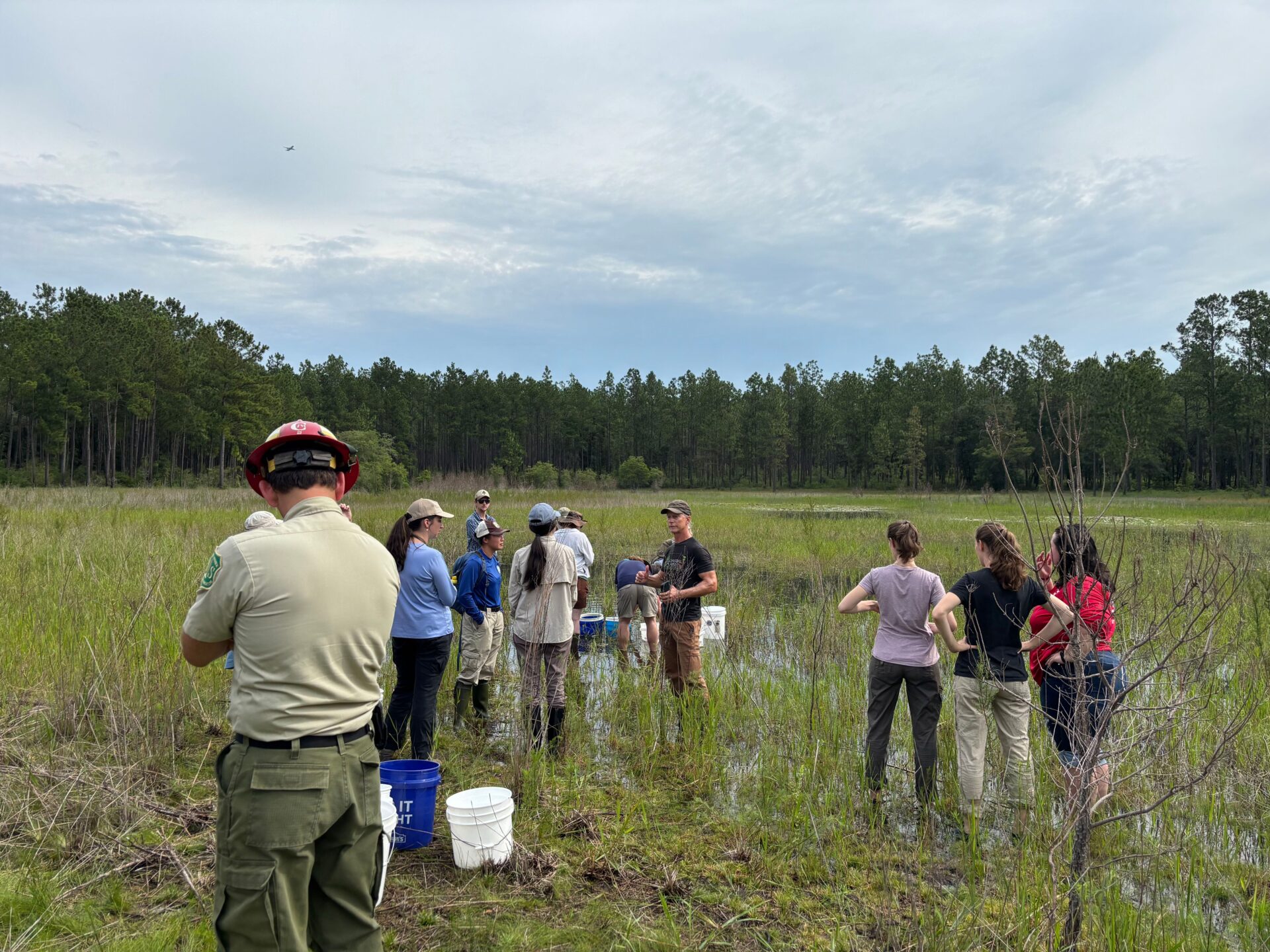More than 100 tiny striped newts now call Northern Florida home.
The Central Florida Zoo & Botanical Gardens’ Orianne Center for Indigo Conservation (OCIC) joined conservation partners, including the Coastal Plains Institute and Florida Fish and Wildlife Conservation Commission, for another successful striped newt release.
170 striped newts, hatched and raised at the Zoo’s OCIC, were released near the edge of the Apalachicola National Forest as part of their mission to re-establish the threatened species into its former range.

Striped newts hatched at the OCIC are reintroduced in regions where historic populations have disappeared. Extant populations are estimated to occur in only nine ponds in Georgia and 106 ponds in Florida.
Over the past 15 years, the OCIC has worked with a variety of agencies and organizations to restore over 6,000 striped newts to their former habitats. Populations reached undetectable levels in the early 2000s in the Apalachicola National Forest.
“As a threatened species, striped newts face challenges like habitat loss from development. Each release brings them one step closer to recovery. We’re proud to be part of that mission,” said Steven Greene, lead protected species technician at the Central Florida Zoo’s OCIC.
The OCIC works with nonprofit organizations and regulatory agencies to combine expertise and resources to reach program goals. Coastal Plains Institute, a nonprofit organization based in Florida that works to preserve the biotic diversity of the Coastal Plains, oversees the release sites and conducts regular wildlife surveys to identify ideal release windows.

Striped newts face many threats, from fire and drought to vehicle impacts and habitat loss. This release is part of continued efforts to combat the challenges faced by these amphibians.
In addition to the striped newt program, the OCIC is the only captive breeding facility for the eastern indigo snake. The sole purpose is to release the offspring into regions where historic populations have disappeared. Through the OCIC’s research and breeding efforts, snakes hatched under the team’s care are reintroduced back to their natural habitats. To date, more than 300 eastern indigo snakes have been successfully reintroduced in northern Florida. To learn more, click here.